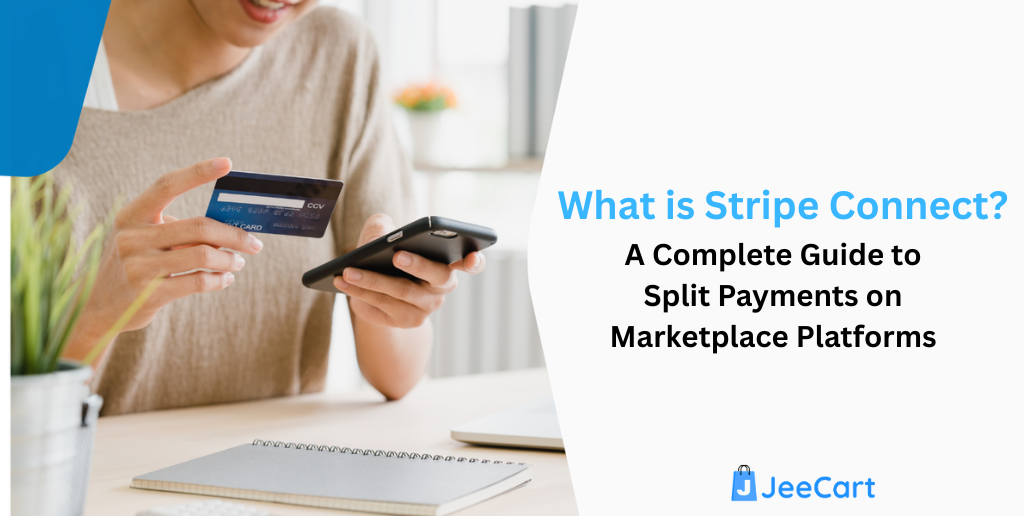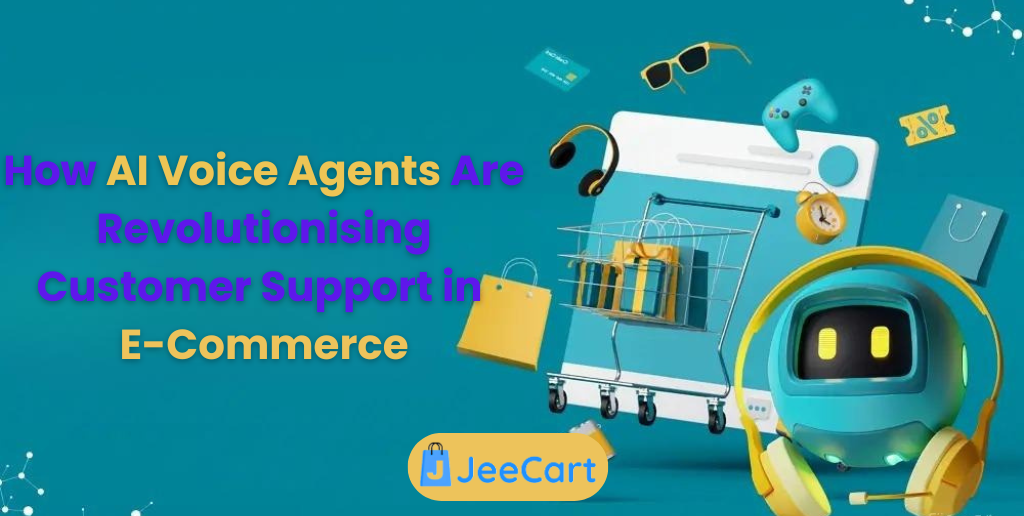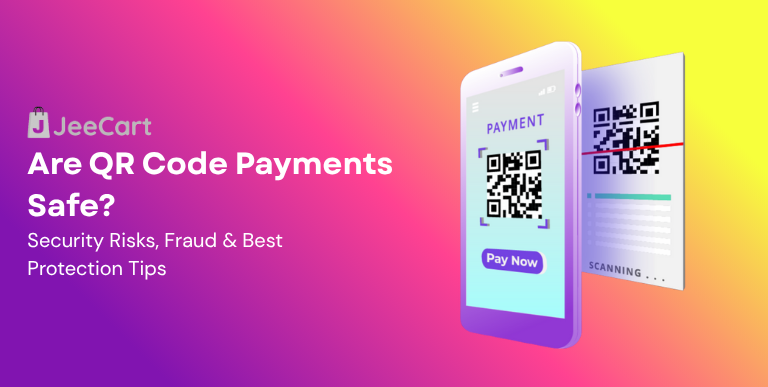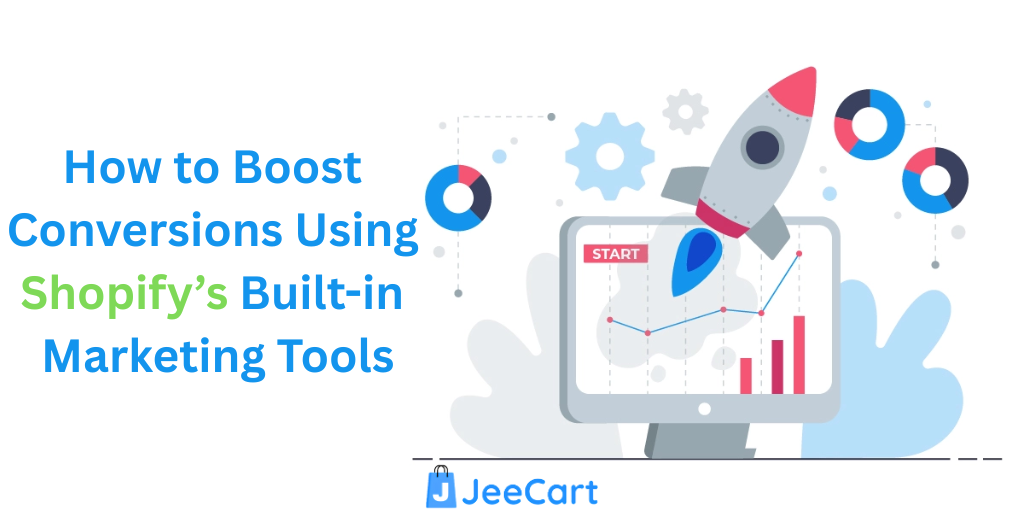
Ever thought about how platforms like Airbnb or Shopify manage to pay both vendors and themselves without a hassle?
If you run a marketplace, you know payments can get messy. Figuring out who gets what, sending money on time, and dealing with tax rules can eat up hours and cause delays. That’s stressful for both businesses and customers.
This is where Stripe Connect makes life easier. It automates split payments, keeps cash flowing smoothly, and removes the usual headaches. No wonder Stripe handled over $1.4 trillion in payments in 2024, with hundreds of thousands of websites relying on it today.
In this blog, we’ll break down how Stripe Connect works and why it’s become a must-have tool for marketplaces of all sizes.
What is Stripe Connect and How Does It Work?
Stripe Connect is a payment tool made for websites and apps with multiple sellers or service providers. It collects money from customers, automatically splits it between the platform and the sellers, and even takes care of legal and tax rules across countries.
Let’s take a quick look at how the payment process works in 5 easy steps.
| Step | Process | Description | Key Benefits |
| Platform Setup | API Integration | Marketplace integrates Stripe Connect | Fast deployment |
| User Onboarding | Account Creation | Vendors set up connected accounts | Automated compliance |
| Payment Orchestration | Transactions | Payments collected & split automatically | Real-time processing |
| Payouts | Fund Distribution | Flexible payout schedules for vendors | Improved cash flow |
| Compliance | Regulatory | Stripe manages KYC & PCI requirements | Reduced legal risks |
With over 500M API requests processed daily across 47+ countries, Stripe Connect proves its scalability for businesses of all sizes.
You’ve seen how Stripe Connect simplifies payments. Let’s move ahead and understand the different types of Connected Accounts.

What are the Different Types of Connected Accounts Available on Stripe Connect?
Stripe Connect supports three account models tailored to different marketplace needs:
- Express Accounts – Fast onboarding via Stripe’s interface; ideal for small marketplaces prioritizing speed.
- Custom Accounts – Maximum control over user experience and branding; suitable for platforms that want full customization.
- Standard Accounts – Vendors use their own Stripe accounts while the platform manages fees and oversight.
Such flexibility enables platforms to meet their compliance and branding needs.
With the above forms of accounts covered, we can now explore how Stripe connects allows marketplaces to simplify payments, build trust, and grow faster.
How Stripe Connect Helps Marketplaces
Traditional payment handling delays growth with manual fee splitting, compliance tracking, and delayed payouts. Stripe Connects removes these hiccups by:
- Automated payment with same-day transfers in multiple regions with multi-party.
- Backing complicated fee systems, fixed, percentage, or hybrid.
- Automated refund and dispute management and chargeback.
- Compliance with PCI, AML, and other local tax requirements.
In the case of marketplaces, this translates to faster payouts, vendor satisfaction, and reduced administrative overhead.
It can also work in marketplaces, SaaS, and multi-vendor stores. In any arrangement, it handles payments, taxes, and compliance without any problems. Now, let’s look at the payment methods Stripe Connect supports.

How Does Stripe Connect Benefit Businesses with Varied or Complex Models?
Without Stripe Connect, online platforms waste a lot of time figuring out who should get paid. Developers often try to fix this using spreadsheets or custom tools, but those can easily fail when there are refunds or payment issues.
Stripe Connect makes things easier by automatically splitting payments and handling tax paperwork, saving time and reducing stress for both tech and admin teams.
- Marketplace Platforms: It bring sellers on board, follow rules, pay vendors quickly, and automate the whole process.
- On-Demand Services: Payments to drivers or providers, platform fees, and tips are processed in one transaction.
- SaaS Platforms: It makes revenue sharing, subscription billing, and partner payments easier.
- Subscription Services: Multi-tier commissions and recurring billing with automated tax handling
Well-Known Marketplaces Using Stripe Connect
Stripe Connect powers industry leaders across verticals:
- Shopify – Handles merchant payments worldwide
- Lyft – Splits fares between drivers and the platform
- Airbnb – Manages global payouts to hosts
- DoorDash – Pays drivers, restaurants, and takes platform fees
So, we have covered payment methods. Let’s find out which countries support Stripe Connect. This helps you know where you can launch or expand your platform.
Which Countries Does Stripe Support?
By 2025, Stripe will be available in over 47 countries worldwide.
This includes places like the United States, Mexico, and Canada in North America. It will cover more than 30 European countries, including the UK, Germany, France, and the Nordic countries.
In the Asia-Pacific region, Australia, Singapore, Japan, Hong Kong, and New Zealand will be supported.
Stripe has been growing in Latin America, starting from Brazil and expanding to other markets worldwide.
Stripe Connect uses local banking networks to process payments faster and cost-effectively. For global platforms, this means lower transaction fees and fewer issues with cross-border transfers.
What payment methods can Stripe Connect use for marketplaces and platforms?
Stripe Connect enables you to process payments in various currencies and support payments in multiple regions, providing extensive scalability and enabling new markets and audiences at a faster pace. Platforms can offer various options, from credit card payments and digital wallets to local payments, to support different regions and the diverse needs of end-users.
Stripe supports 135+ payment methods, including BNPL Buy-now-pay-later, i.e., Klarna, Afterpay, and regional alternatives.
This broad coverage maximizes customer conversion rates.
Stripe provides flexible models:
- Direct Charges – Payments go directly to vendors with platform fees deducted
- Destination Charges – Payments collected by the platform, then distributed
- Custom Payout Schedules – Daily, weekly, or milestone-based
This flexibility helps marketplaces stay compliant while keeping vendors satisfied.

What is the Effectiveness of Stripe Connect in Report, Compliance, and Tax form Management?
Stripe Connects can make financial management easier by making it effortless to access real-time dashboards and automated tax filings, including 1099s. It easily integrates with accounting programs, thereby facilitating the accurate management of financial processes.
For most online platforms, verifying vendor IDs, tax details, and adhering to global rules can be overwhelming. Stripe takes care of all this behind the scenes; it checks documents, confirms tax info, and even spots anything suspicious using innovative technology.
This keeps your platform compliant without adding friction for users.
How to Quickly Set Up Stripe Connect for Your Business?
Launching requires four key steps:
- Configuration: Create your Stripe account, verify business info, and generate API keys
- Integration Development: Build payment flows, configure webhooks, test transactions
- Compliance Setup: Enable KYC workflows, tax rules, and payout policies
- Go Live: Train your team, onboard vendors, and roll out to users
As your business grows and you work with more vendors, things can get complicated. Stripe Connect makes it easier by sending out payments in bulk and handling fees on its own. Vendors can log into their own portal to check their earnings and get tax documents. You also get clear reports to track how things are going, with everything organized and ready if you ever need to do an audit.
What are the Key Tips for Smooth and Successful Stripe Connect Integration?
- Plan – Define payment flows and compliance needs before coding
- Test Thoroughly – Validate refunds, disputes, and edge cases
- Prioritize UX – Keep onboarding transparent and straightforward
- Monitor Performance – Track payout times, vendor satisfaction, and success rates
The integration of Stripe Connect is now properly equipped to succeed with these tips.
Conclusion
Stripe Connects is no longer just a payment processor; it is the foundation of modern marketplaces. It transforms complex operations into scalable, efficient systems, whether through automated payment allocation, regulatory compliance, or globalization. Platforms that adopt connect stripes can reduce manual work by 90%, enhance vendor trust, and unlock faster growth.
For any marketplace looking to scale in 2025, Stripe Connect is the go-to solution for scaling.







